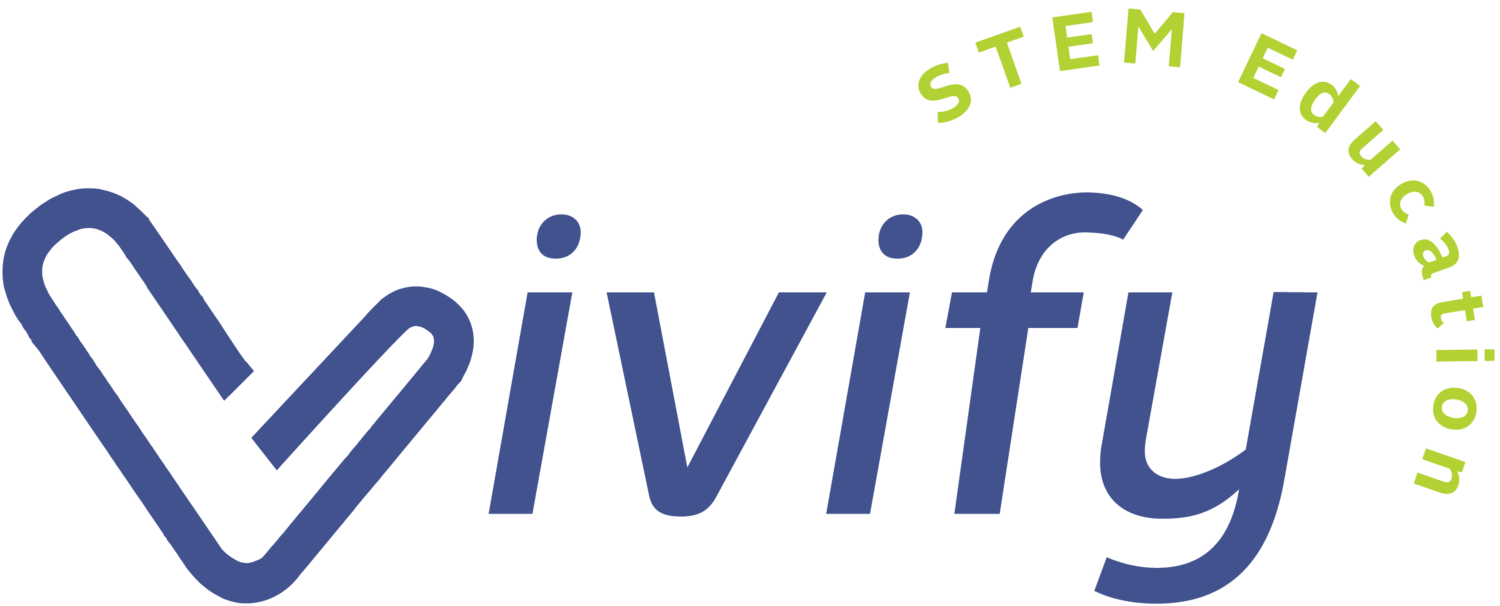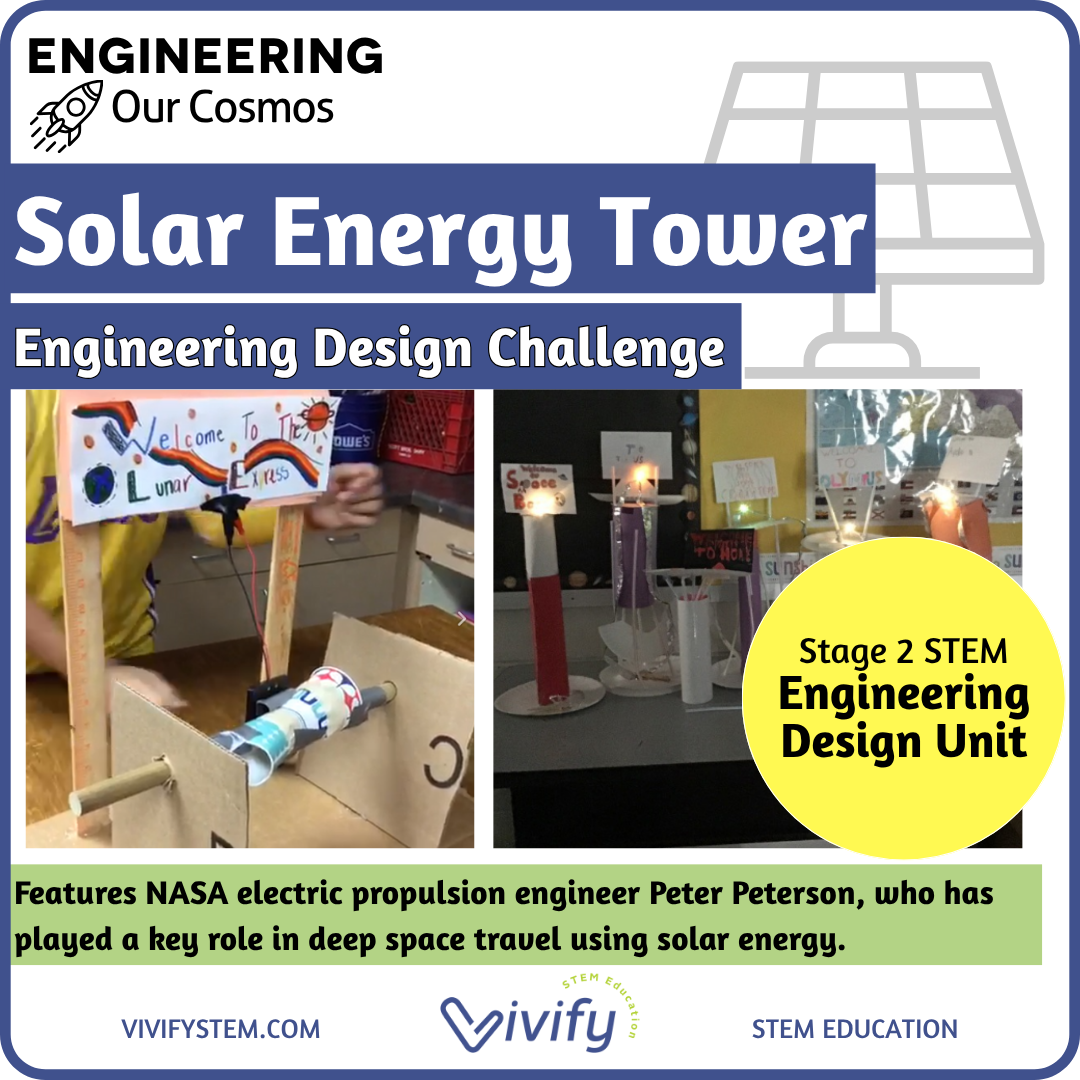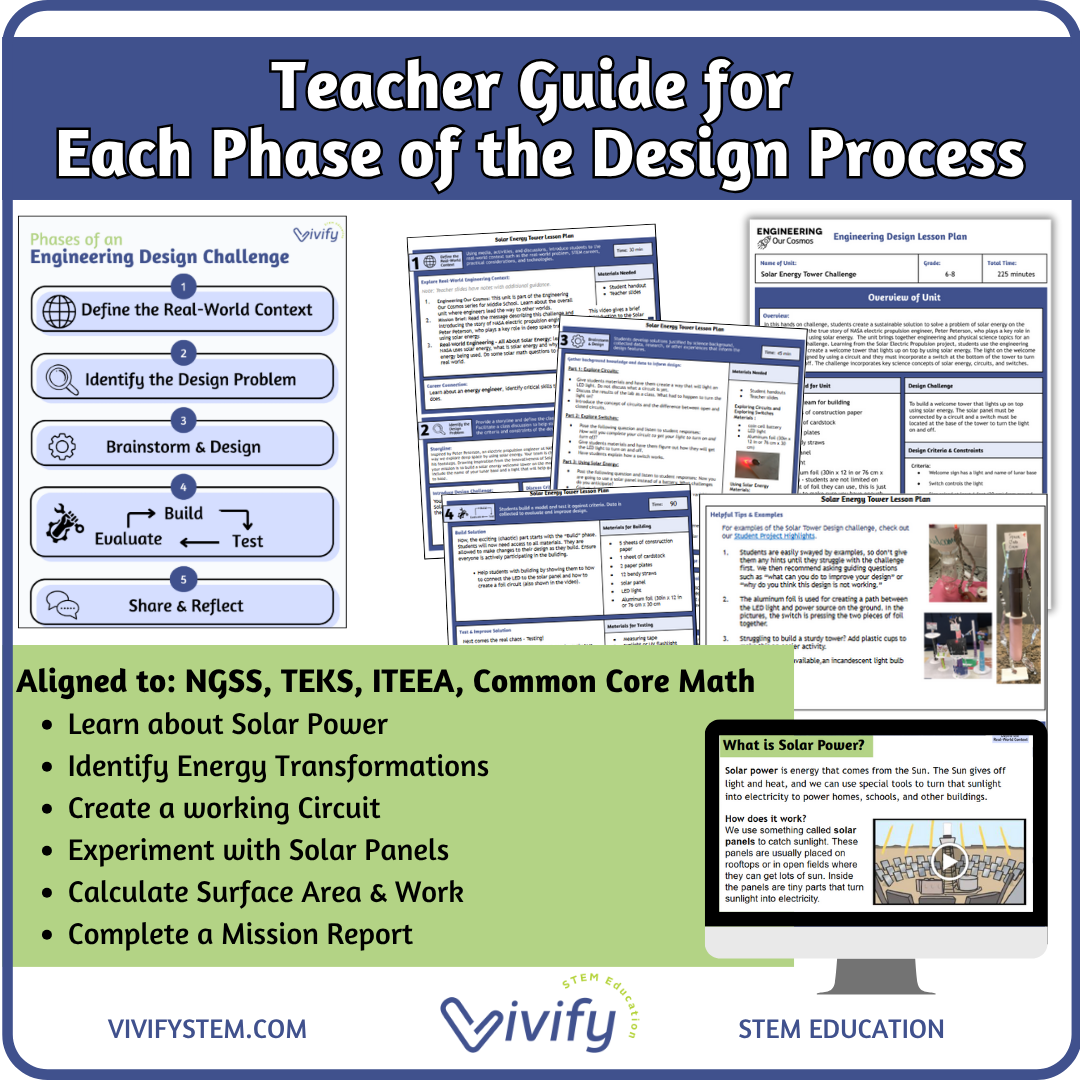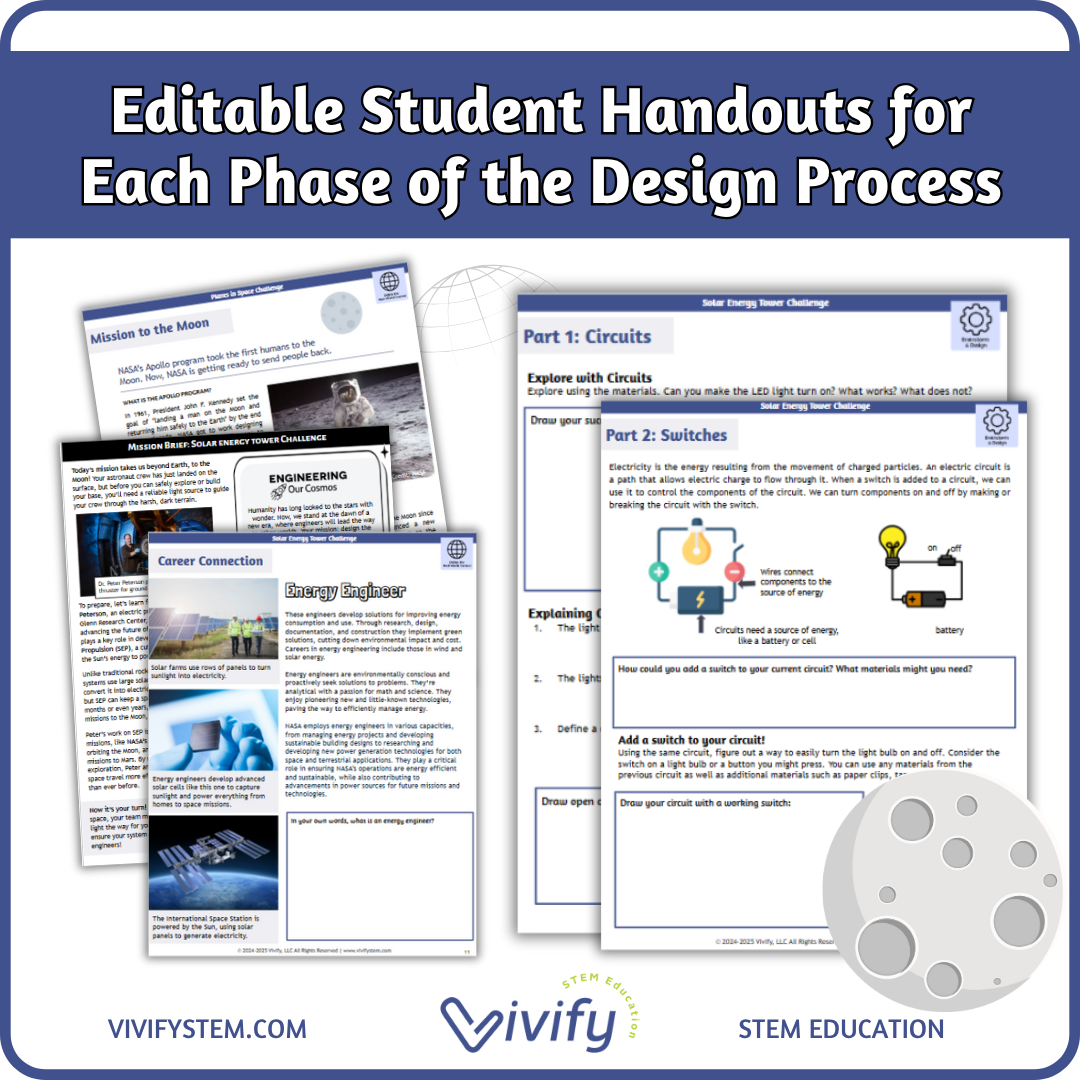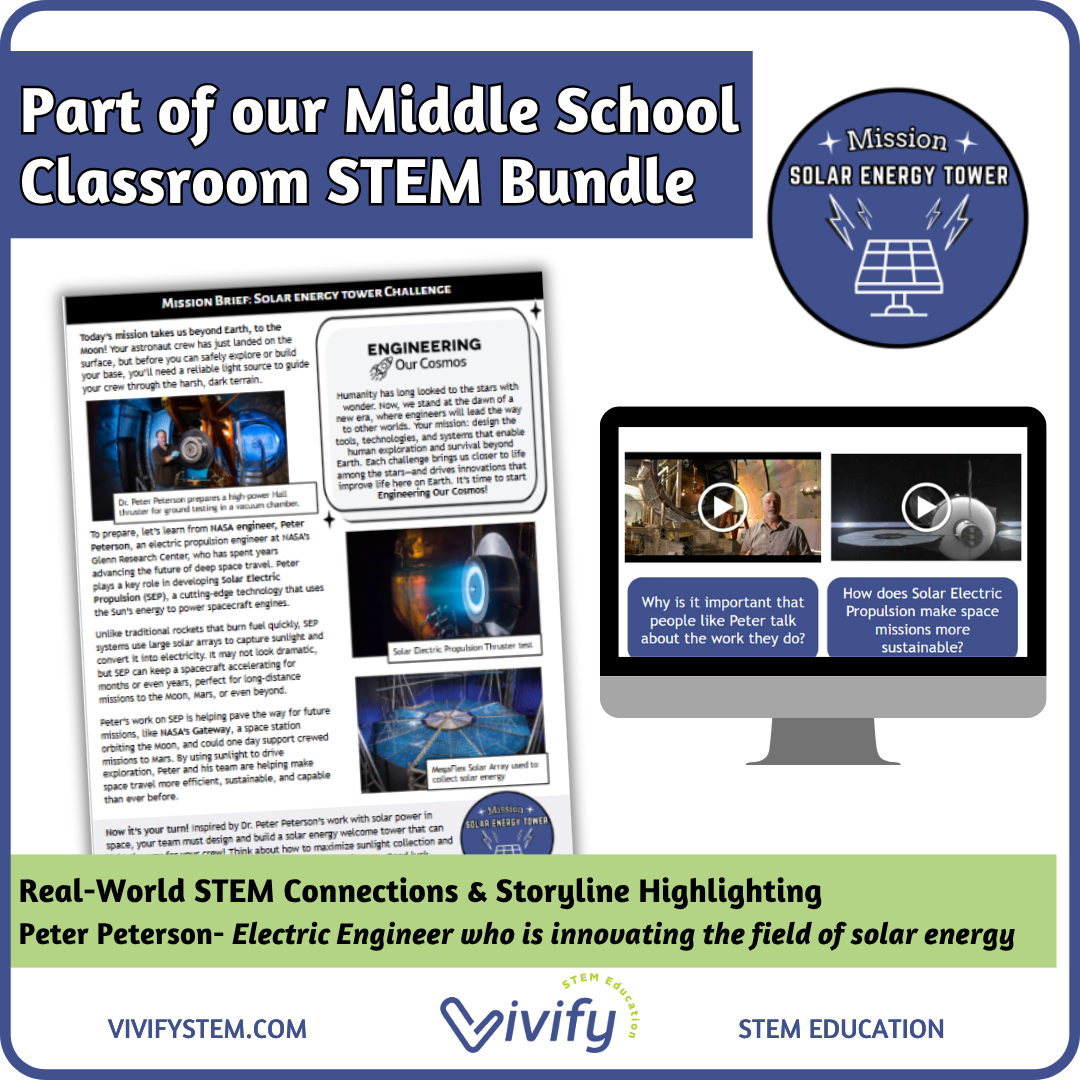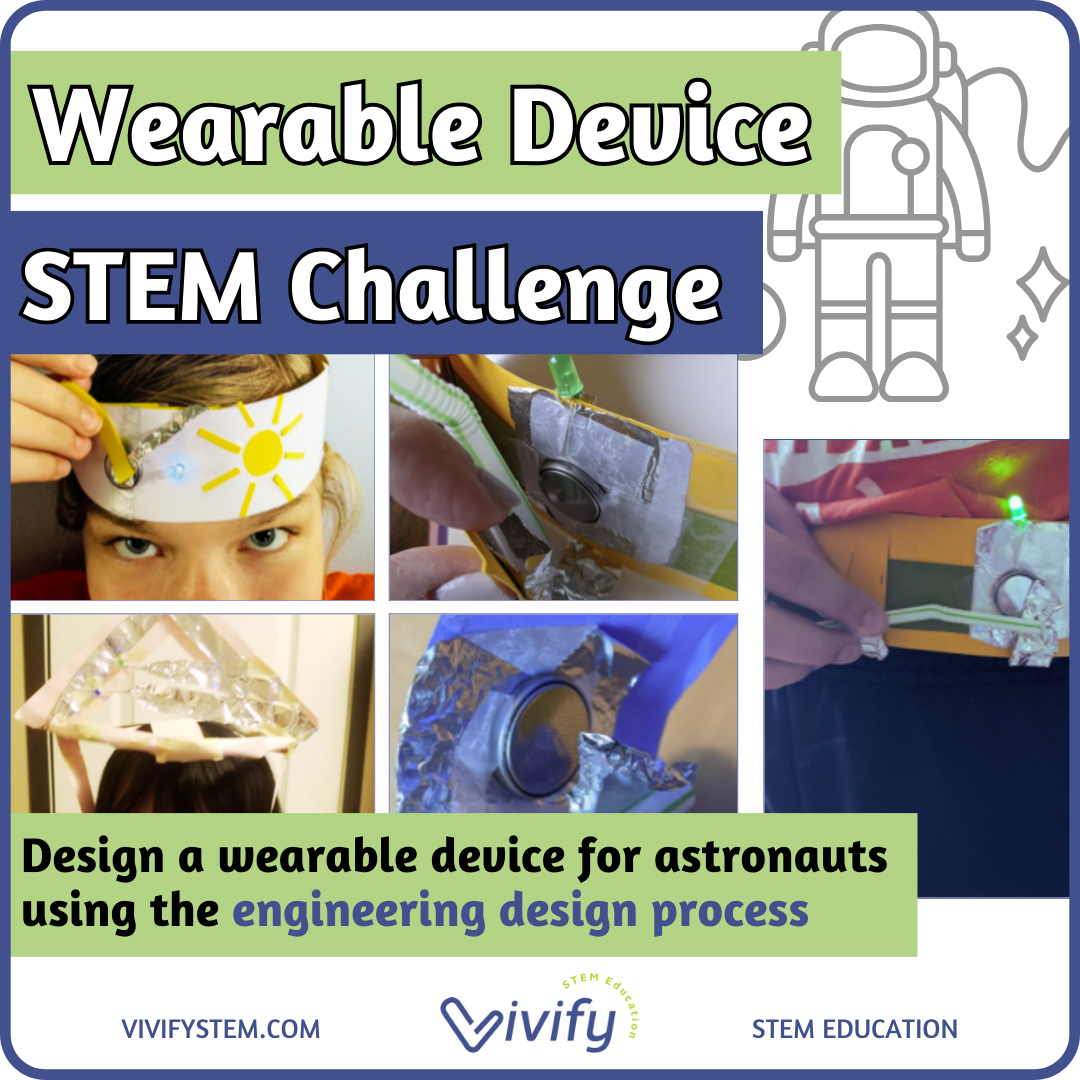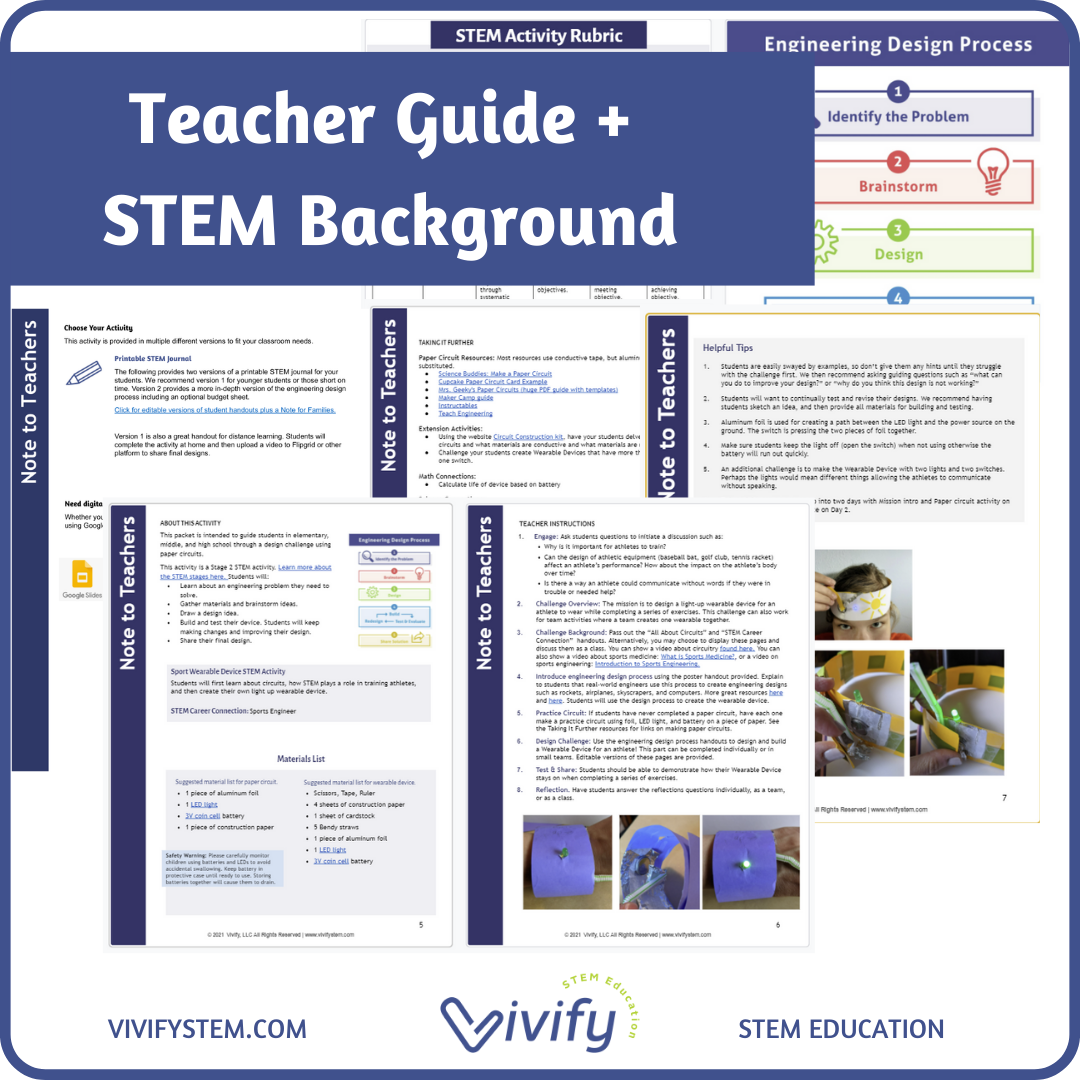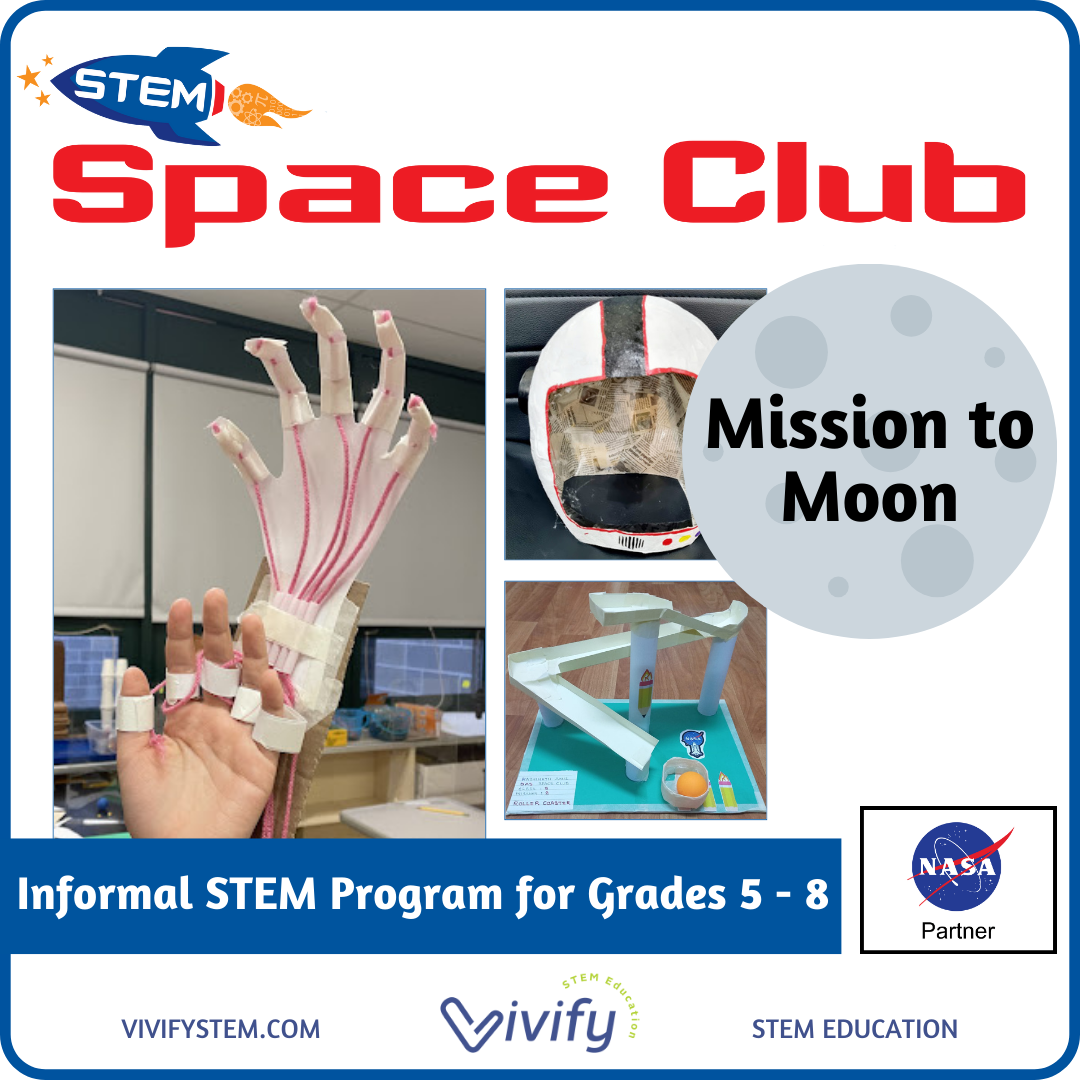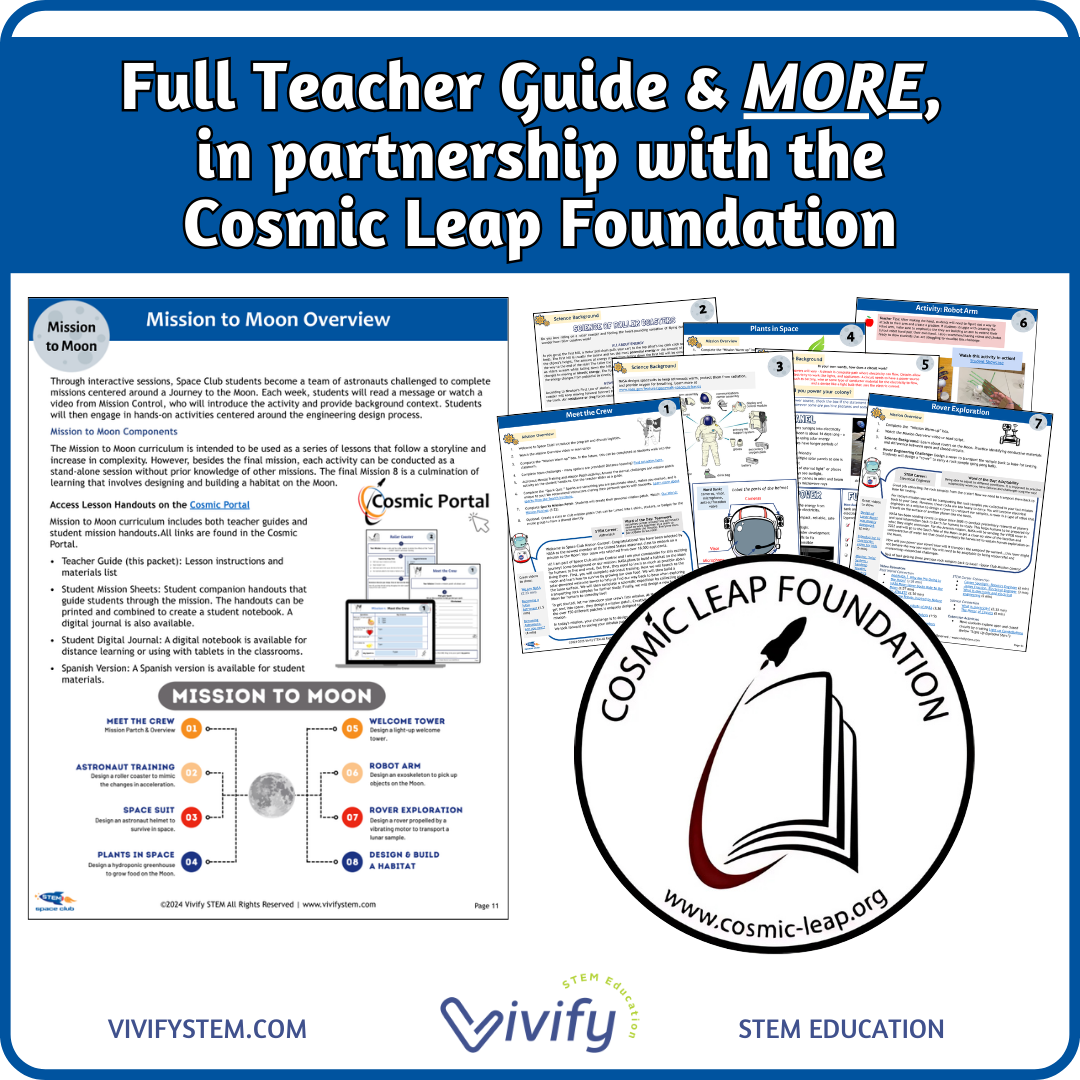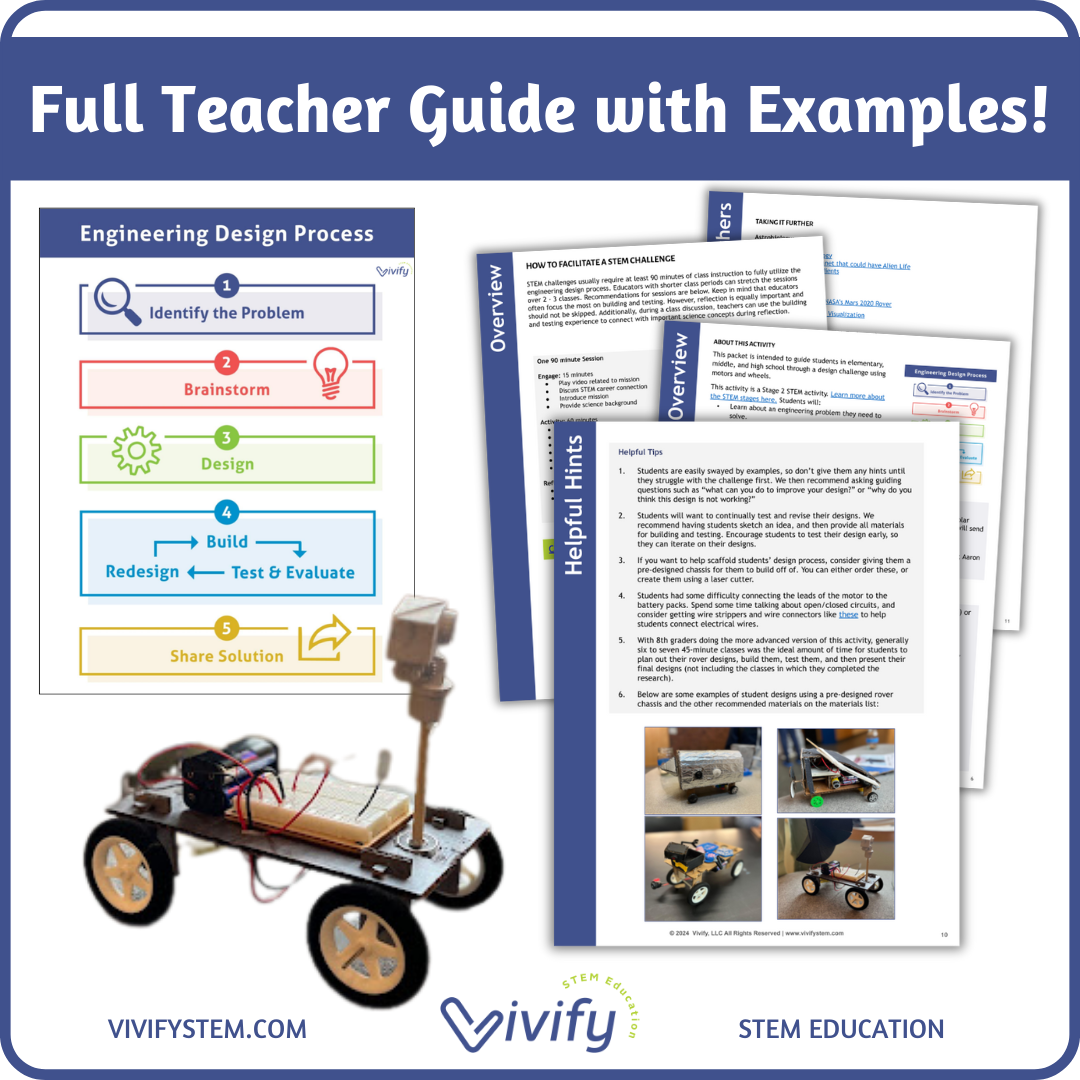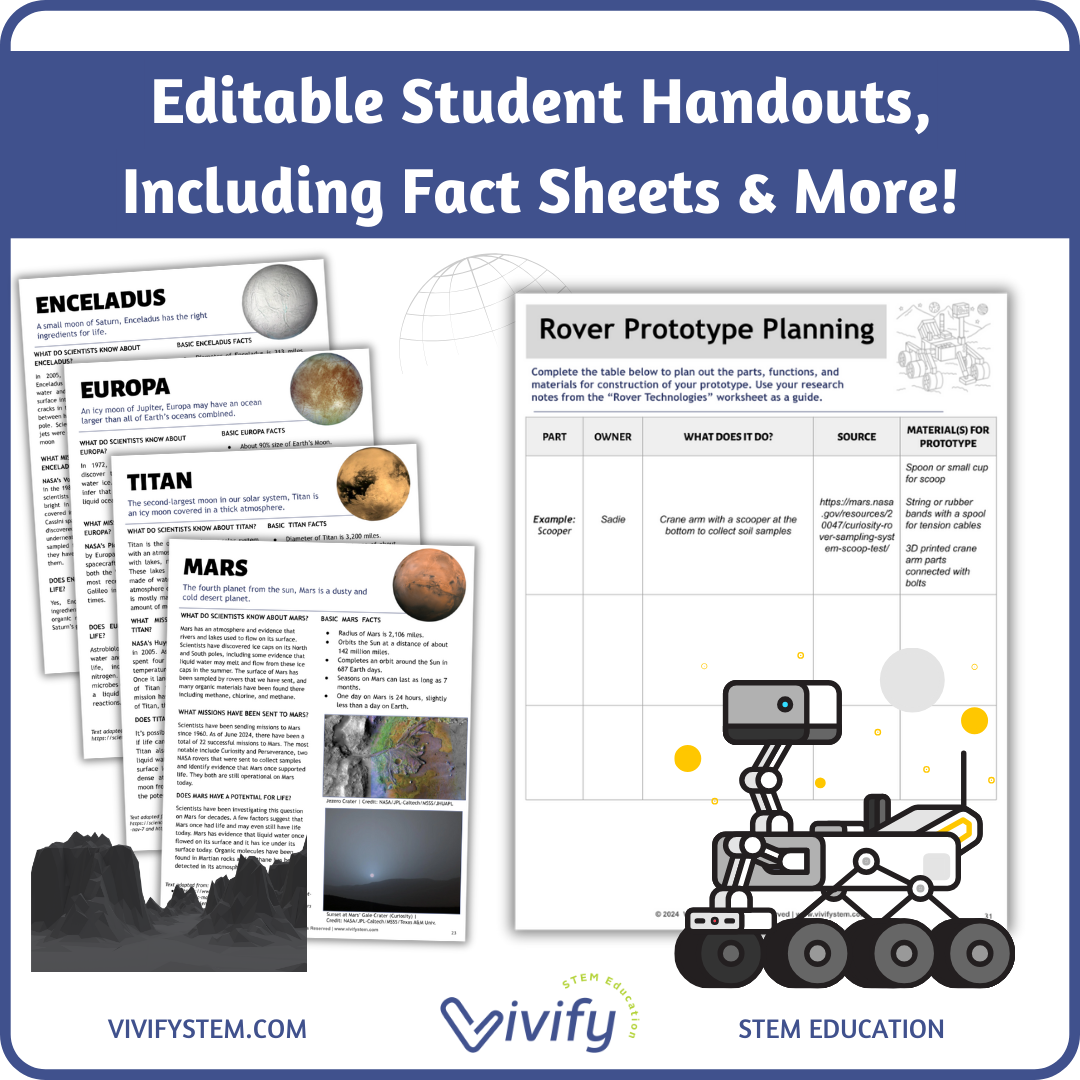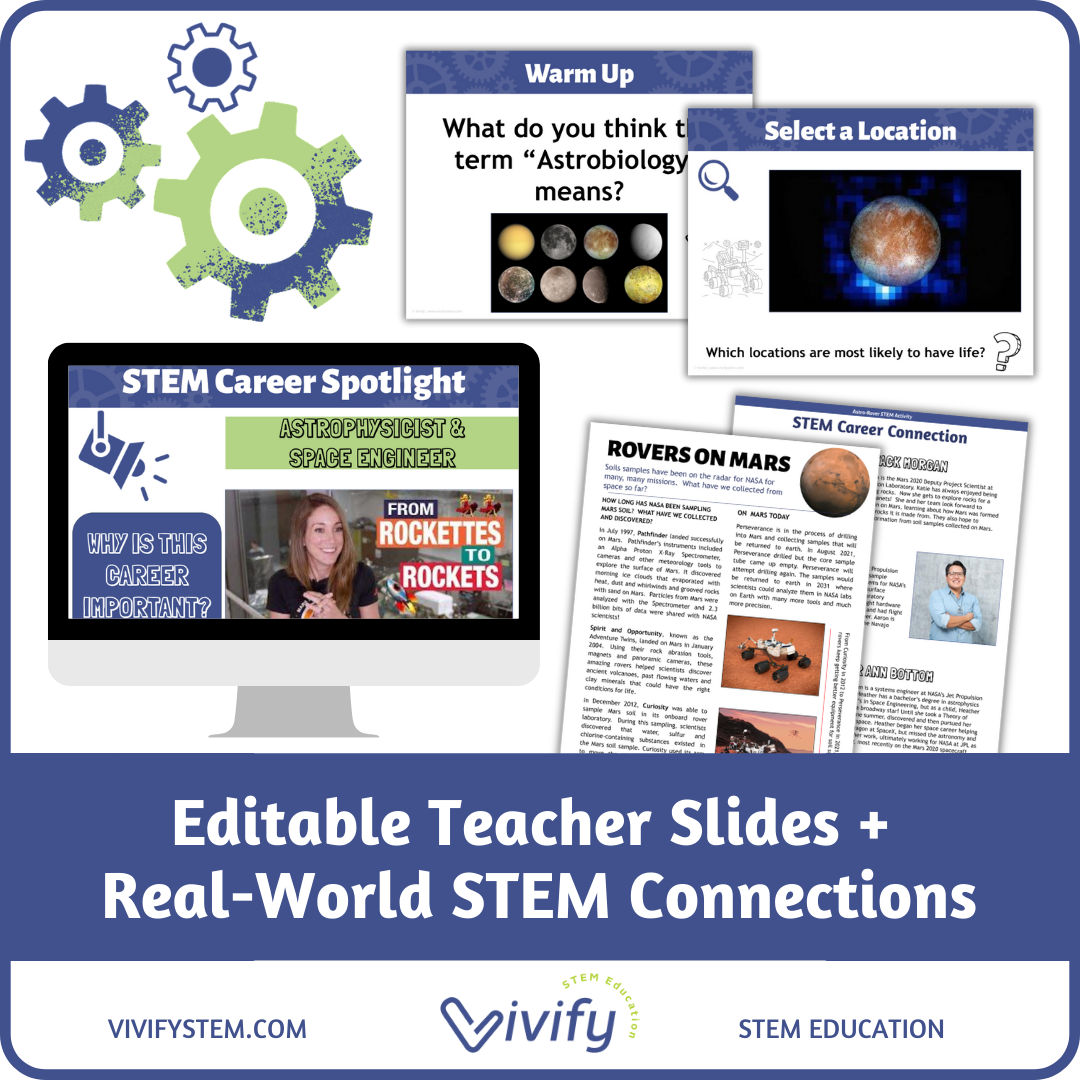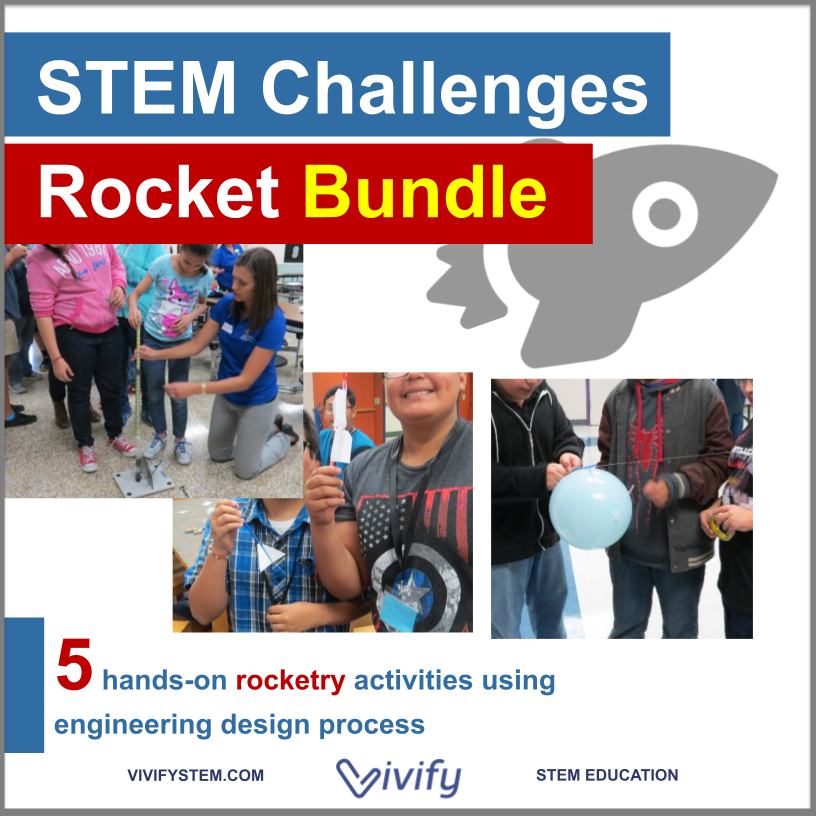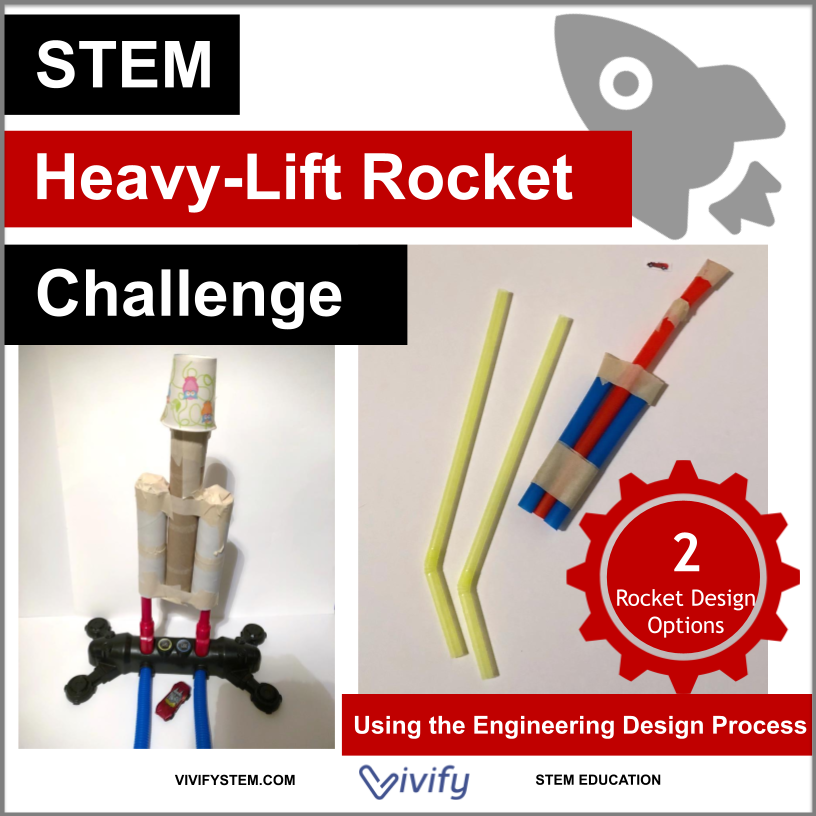“I used this with my 5th graders to prepare them and teach them what solar panels are how they are used. This prepared them for visiting a solar power farm in Jackson, TN. Excellent resource! ”
Lesson Overview
Inspired by the true story of NASA electric propulsion engineer Peter Peterson, who plays a key role in advancing deep space travel through solar energy, this STEM unit blends engineering practices and physical science in an engaging design challenge. Drawing from the Solar Electric Propulsion project, students design and build a solar-powered welcome tower for a future lunar base. The tower must include a working light at the top and feature a switch at the base to control the light. Through this engineering design challenge, students explore and apply key science concepts including solar energy, circuits, and switches, while considering real-world challenges of powering infrastructure for life on the Moon.
Engineering Our Cosmos Storyline (Adaptable for Grades 6 - 8): Humanity has long looked to the stars with wonder. Now, we stand at the dawn of a new era, where engineers will lead the way to other worlds. Your mission: design the tools, technologies, and systems that enable human exploration and survival beyond Earth. Each challenge brings us closer to life among the stars—and drives innovations that improve life here on Earth. It’s time to start Engineering Our Cosmos!
A Mission Beyond Earth, To The Moon: In this unit, students will learn about NASA engineer, Peter Peterson, an electric propulsion engineer at NASA’s Glenn Research Center, who has spent years advancing the future of deep space travel. Peter plays a key role in developing Solar Electric Propulsion (SEP), a cutting-edge technology that uses the Sun’s energy to power spacecraft engines.
Engineering Learning Goals in this unit include:
Real-World Connections: Learn how solar power works and how NASA uses solar power.
Making: Use materials to create a simple circuit, a switch, and a solar panel to explore variables to get optimal power and re-design based on testing data.
Habits of Mind: Work as a team to build a design that solves a problem and communicate ideas and provide feedback to peers.
Science: Explore and collecting data on circuits. Understand how a switch impacts a circuit. Learn about solar energy by experimenting with solar panels.
Technology: Learn about the technology of solar energy. Learn about the technology and careers in energy.
Math: Use observations to make informed design changes. Addition and division problems related to the project data tables.
Included in this product:
Aligned to: NGSS, TEKS, and ITEEA Standards
Complete Teacher Guide following the engineering design process
Materials list and activity suggestions
Editable teaching slides
Editable student handouts for each phase of the design process, including science background, STEM career connection, information on Peter Peterson, and more!
Mission report and badges
Recommended Supplies
Exploring Circuits and Exploring Switches Materials:
Coin Cell Battery
LED Light
Aluminum Foil
Construction Paper
Cardstock
Paper Plates
Straws
Teachers can allow any conductive materials such as conductive tape, paper clips, etc.
Using Solar Energy Materials:
Solar Panel
LED Light
Aluminum Foil
Sunlight or UV Flashlight
2021 Science TEKS Standards Alignment (Texas)
Practices: 1A/B/D/E/F/G, 2A/B/C/D, 3A/B, 4A/B/C
Content: 6.8B, 6.5E, 7.7A-B, 8.8B
